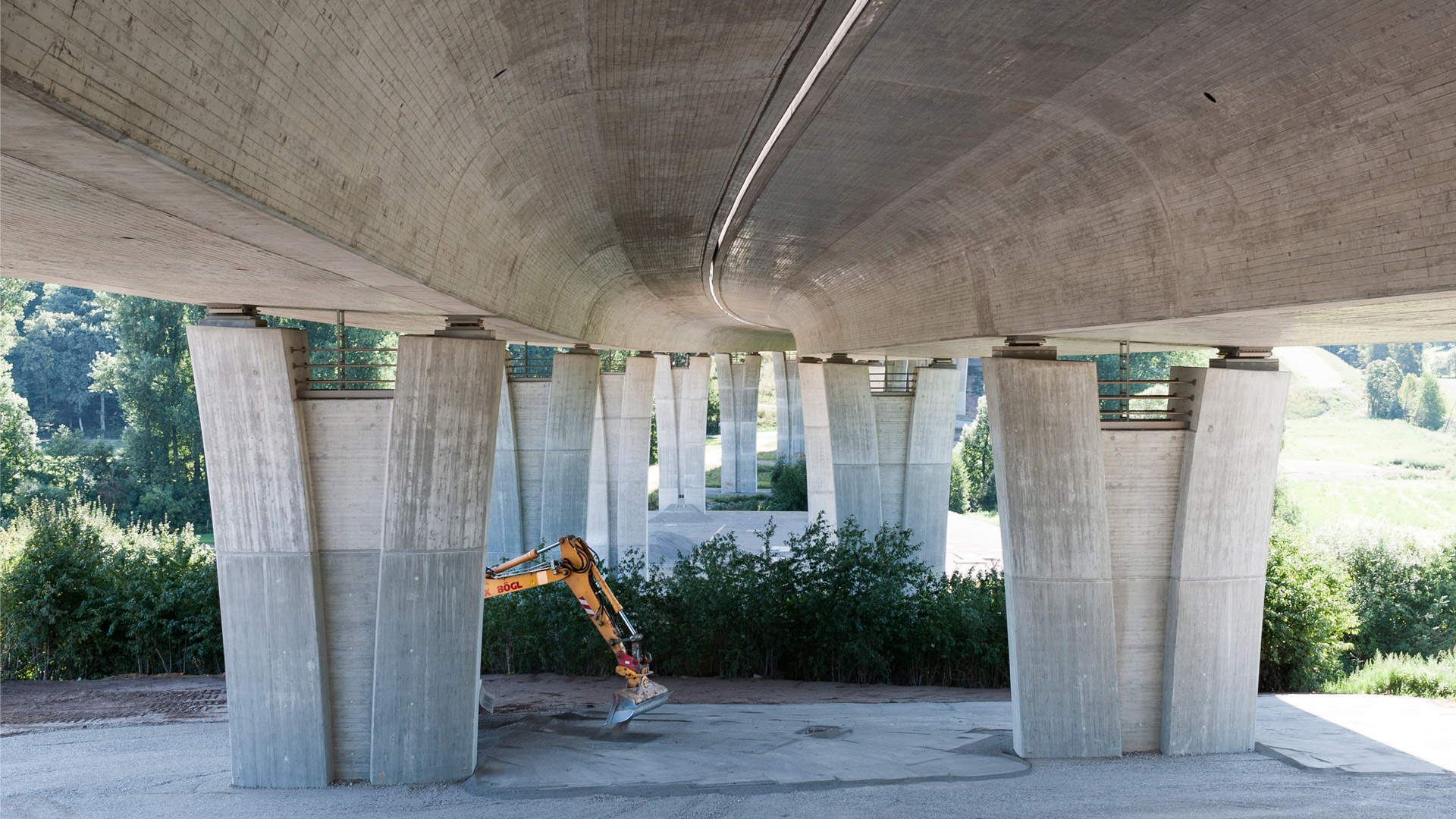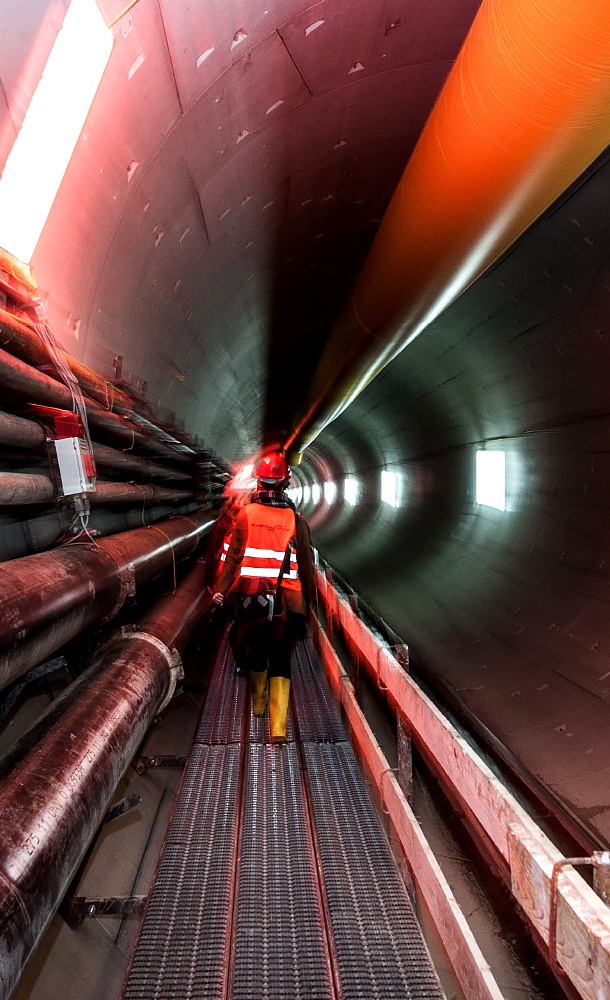- Climate, Environment & Health
- Materials
EARTHQUAKE AIRBAG FOR MANSONRY
Every year, the earth shakes between 20,000 and 30,000 times worldwide. Often with catastrophic consequences: Earthquakes rank high in statistics among the most devastating natural disasters. Unstable buildings are one of the biggest sources of danger in earthquake zones.
Engineers have been working for decades to develop earthquake-resistant buildings - mostly costly technologies that are only suitable for large construction projects in the world's megacities. "What has been missing so far is a solution for the masses, for those people in earthquake zones who are not rich but still want to protect their homes," says Lothar Stempniewski. The civil engineer has been a professor at KIT for twelve years and, with ingenuity, inventiveness and patience, has developed a technology that holds walls together under extreme loads - a combination of a high-tech adhesive and a fiberglass fabric that can be applied to the wall almost as easily as wallpaper and paste from the hardware store.
The idea, initially ridiculed, has now launched on the market as a complete package. "The fabric can be applied by the master painter and painted or plastered over directly," Stempniewski explains. This is a major advantage over measures previously taken to secure buildings because it means that wall stabilization is carried out in the same way as a simple renovation job: old wallpaper is removed, the new adhesive is applied with a notched trowel, fabric is applied, allowed to dry and painted or thinly plastered over. The only difference is that the fabric strips must overlap each other in order to better absorb the resulting forces and distribute them over a large area in the event of high tensile loads.
"The combination of highly resilient fiberglass fabric and the special elastic adhesive made of polyurethane can withstand extreme loads," says Moritz Urban, who has been working on the project since 2008. Just as a piece of scotch tape securely sticks two sheets of paper together, the new wall covering also securely bonds the bricks and mortar together where cracks would normally occur. Previous attempts to prevent wall sections from collapsing failed because of the adhesive: the materials used were too stiff, broke through under load and did not hold the fasteners to the wall.
In a joint project with Bayer Material Science, a new adhesive was developed that holds the fabric firmly to the wall but reacts extremely flexibly when moved and holds the composite material together. Long enough to give people the necessary head start: "We can use this 'earthquake airbag' to buy time for occupants to escape into the open air or even ensure that walls remain standing and the building does not collapse completely," says Professor Stempniewski.
As one of the most earthquake-prone areas in Europe, Italy is the first country where tradespeople are already using the safety kit. In the future, Lothar Stempniewski's idea of yesteryear could save lives in disasters around the world - walls equipped with his technology can withstand storms and explosions.
"For me as an engineer, people are at the center of my work. If we can reduce the number of victims of natural disasters with our invention, we will have achieved our goal."
Further Links
Images: KIT

